Let us introduce you to the 2023 Ford F-150 PowerBoost, a beast of a truck with some serious hybrid power. This bad boy uses electrified technology to boost performance and save fuel. One cool feature is the Pro Power Onboard system that lets you tap into the hybrid engine’s electricity to power tools or appliances.
Trust me, this truck is worth checking out if you’re all about saving fuel without sacrificing capability.
Key Takeaways
The F-150 PowerBoost is a hybrid-propelled version of Ford’s full-sized pickup, using electrified tech to boost performance and cut fuel consumption.
The Pro Power Onboard system delivers exportable electricity from the hybrid engine and battery pack, allowing it to be used for various purposes.
The F-150 PowerBoost has a 3.5-liter EcoBoost V6 engine paired with a 41-horsepower electric motor for enhanced torque and performance.
The hybrid driveline operation allows for electricity generation while coasting or braking, eliminating the need for a plug-in port and making the battery self-recharging.
Table of Contents
Performance and Efficiency of the PowerBoost Hybrid Technology
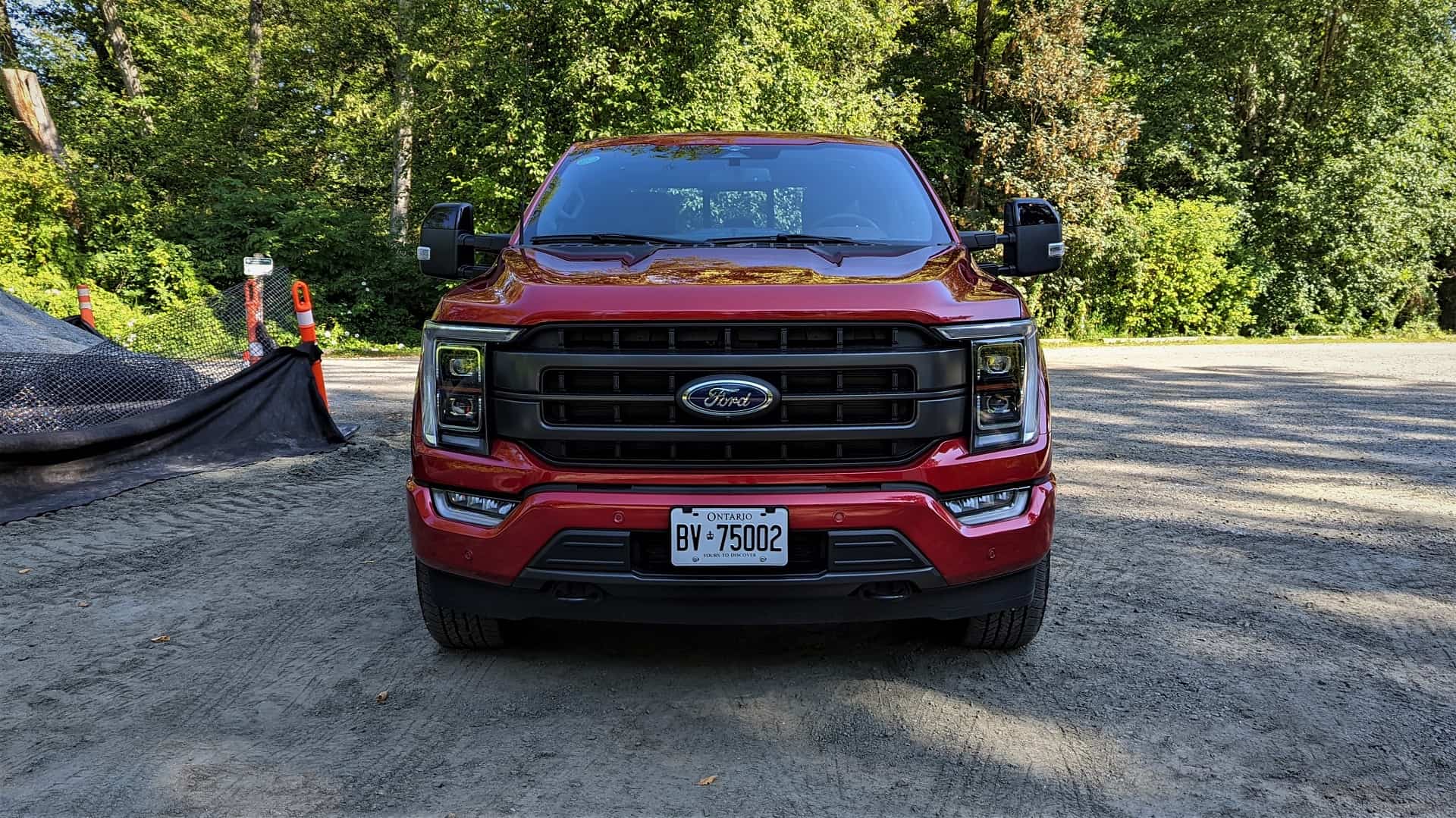
The Ford F-150 PowerBoost’s hybrid technology enhances performance and cuts fuel consumption, providing a more efficient and powerful driving experience. With its innovative powertrain technology, the PowerBoost combines a 3.5-liter EcoBoost V6 engine with a 41-horsepower electric motor inside the 10-speed transmission. This electric motor not only enhances on-demand torque but also improves overall performance.
One of the key benefits of this hybrid system is its fuel savings. The F-150 PowerBoost has specific optimizations for hybrid use, allowing it to achieve better fuel consumption compared to non-hybrid engine options. This means that drivers can save money on fuel costs over time, especially when considering both city and highway driving conditions.
The electric motor plays a crucial role in reducing fuel consumption by assisting the gas engine during acceleration and providing power during low-speed cruising. It also reduces the load on the brakes by regenerating energy through coasting or braking, further enhancing fuel efficiency.
Overall, the hybrid performance of the F-150 PowerBoost offers a compelling combination of power and efficiency. With its advanced powertrain technology and electric motor assistance, drivers can enjoy an enhanced driving experience while benefiting from significant fuel savings.
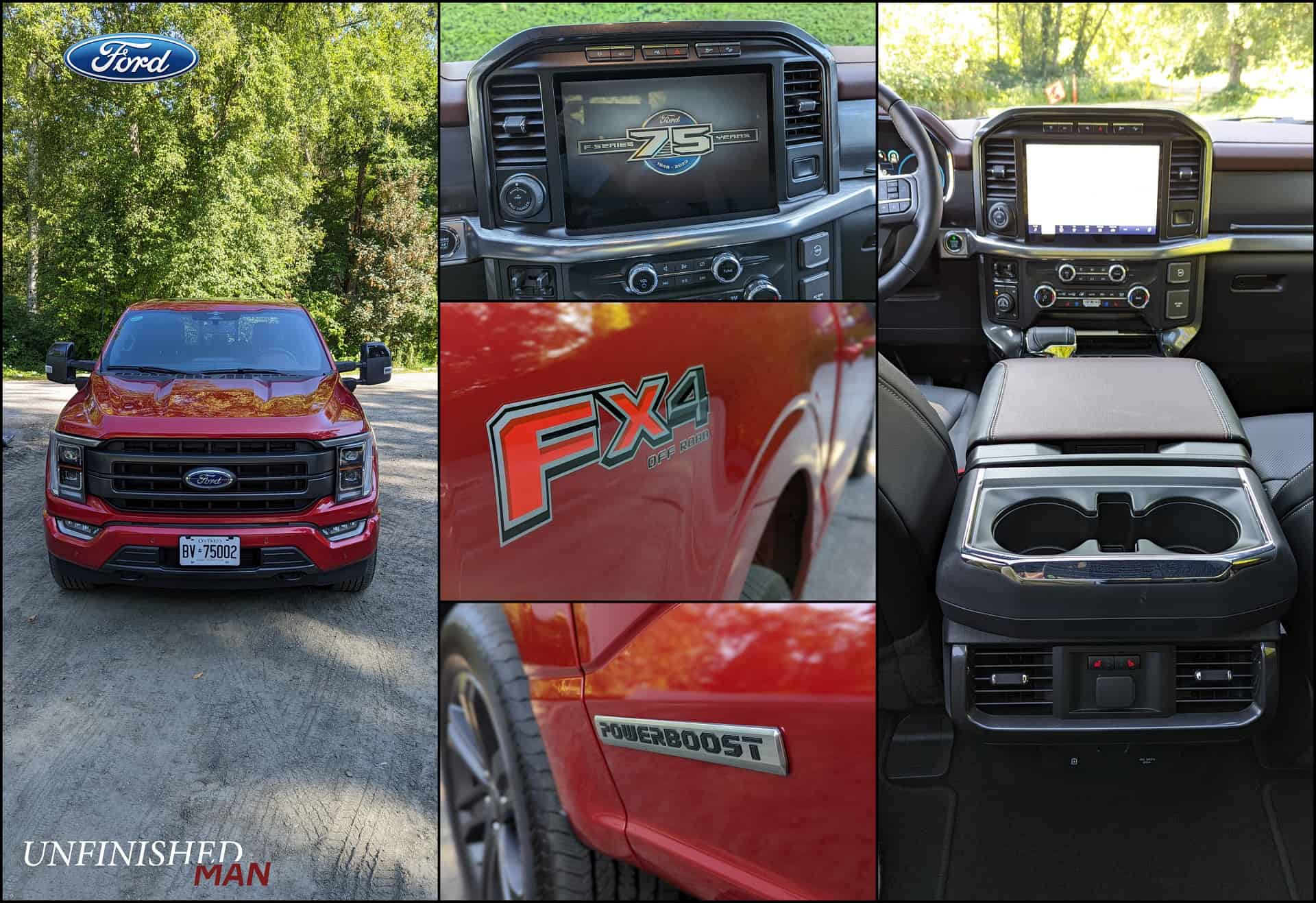
Driving Modes and Comfort Features of the 2023 F-150 PowerBoost
Experience a smooth and refined drive in the 2023 F-150 PowerBoost with its various driving modes and comfortable features. The driving modes of the F-150 PowerBoost, including the ECO mode, prioritize fuel efficiency and provide a smooth, low-rev driving experience. In ECO mode, the throttle response is optimized for maximum fuel economy while still delivering adequate power. This mode is perfect for long highway drives where saving fuel is a priority.
The interior of the F-150 PowerBoost offers a range of features designed to enhance comfort and convenience. The cabin has generous use of glass, creating an open feel and providing excellent visibility. The seats are comfortable and supportive, ensuring a pleasant ride even on long journeys. Technology integration is top-notch with features like adaptive cruise control and lane-keeping functions that operate smoothly, adding to the overall safety of the vehicle.
In terms of handling and maneuverability, the F-150 PowerBoost excels. It provides precise steering and responsive braking, making it easy to navigate through tight spaces or crowded streets. The suspension system absorbs bumps well, resulting in a smooth ride over uneven surfaces.
When it comes to safety features, the F-150 PowerBoost does not disappoint. It is equipped with advanced safety technologies such as blind-spot monitoring, rearview cameras, automatic emergency braking, and pedestrian detection systems to help prevent accidents on the road.
Overall, the 2023 F-150 PowerBoost offers an exceptional driving experience with its fuel-efficient performance, comfortable interior features, excellent handling and maneuverability capabilities, comprehensive safety features package along with seamless technology integration.
Comparison With Other Vehicles in Its Class
Compared to its competitors, the 2023 F-150 Limited PowerBoost offers a wide range of driving modes and cost-saving benefits.
- Fuel Economy Comparison: The F-150 PowerBoost has an impressive fuel economy compared to other vehicles in its class. With its hybrid technology, it requires only 10.4 liters of gas to drive 100 kilometers, providing significant savings at the pump.
- Pricing and Value: With an MSRP range of $46,055 to $106,285, the F-150 Limited PowerBoost offers great value for its features and capabilities. It is competitively priced within its segment, making it an attractive choice for truck enthusiasts.
- Interior Design and Technology Features: The interior of the F-150 Limited PowerBoost is both comfortable and functional. It features a generous use of glass and bright colors, creating an open feel inside the cabin. Additionally, it comes equipped with advanced technology features such as adaptive cruise control, lane-keeping functions, and a high-quality B&O stereo system.
Customer Reviews: Customers have praised the F-150 Limited PowerBoost for its smooth and refined drive enhanced by electric power. They appreciate the pleasing throttle response even from low revs and the improved fuel economy in ECO mode. Many customers also find that investing in the PowerBoost hybrid system saves them money on both gas and brake wear over time.
Overall, the 2023 F-150 Limited PowerBoost stands out among its competitors due to its impressive fuel economy, pricing and value proposition, stylish interior design, advanced technology features, and positive customer reviews.
Powerboost Vs Lightning: a Fuel Efficiency and Towing Capacity Comparison
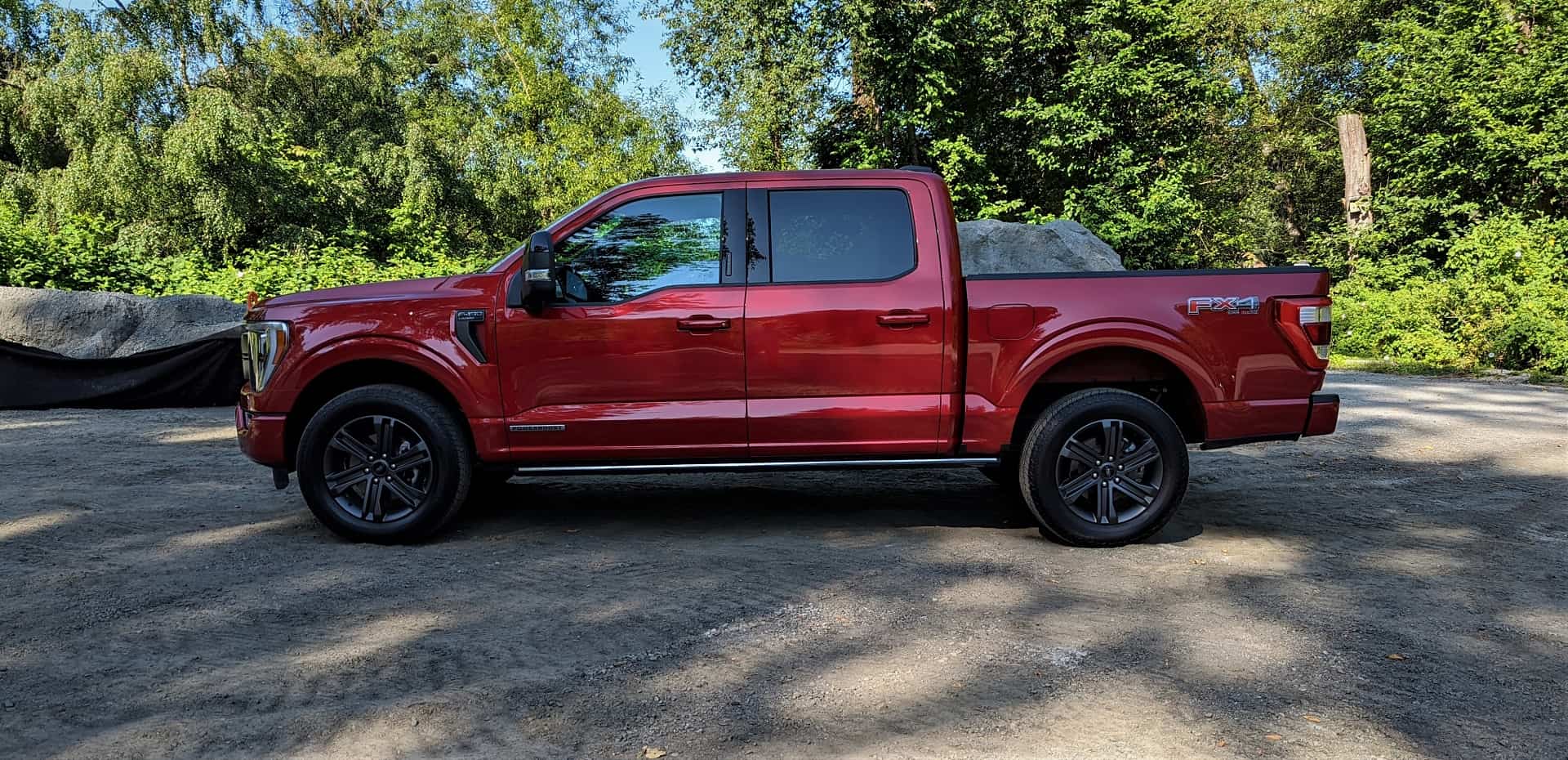
When comparing the fuel efficiency and towing capacity of the F-150 PowerBoost and Ford F-150 Lightning models, it’s clear that the PowerBoost requires significantly more gas to drive 100 kilometers. The F-150 PowerBoost needs 10.4 liters of gas to cover that distance, while the Lightning requires a claimed 31.5 kWh of electricity, which translates to 3.94 Le/100 km.
Additionally, the PowerBoost has a gas tank range of about 1,100 kilometers in ideal conditions, whereas the Lightning has a battery range of about 480 kilometers and takes much longer to charge than filling up the gas tank.
In terms of towing capacity, the PowerBoost outperforms the Lightning as well. The PowerBoost can tow up to 12,700 lbs, while the Lightning can tow up to 10,000 lbs.
The benefits and cost savings associated with choosing the PowerBoost hybrid technology are also worth considering. In ECO mode, the PowerBoost offers improved fuel economy and a smoother driving experience due to electric power assistance. The electric motor also reduces the load on the brakes, resulting in savings on both gas and brake wear.
While there is an initial investment for upgrading to the PowerBoost engine, it can save fuel costs over time compared to non-hybrid engine options. For example, replacing a 5.0L V8 engine with a 3.5L PowerBoost hybrid V6 reduces annual fuel expenses by $862.
Overall, when considering fuel efficiency, towing capacity, and potential cost savings from reduced fuel consumption and brake wear, it becomes evident that the F-150 PowerBoost is a compelling choice for those seeking both performance and efficiency in their pickup truck.
Benefits and Cost Savings of Upgrading to the PowerBoost Engine
The cost savings associated with upgrading to the PowerBoost engine are worth considering, as it can save fuel costs over time compared to non-hybrid engine options. When conducting a cost-effectiveness analysis, there are several benefits to take into account:
- Improved fuel economy: The PowerBoost engine offers improved fuel efficiency, especially in ECO mode. This means fewer trips to the gas station and more money saved on fuel expenses.
- Throttle response enhancement: With the PowerBoost engine, throttle response is immediate and dramatic, even from extremely low revs. This enhances the driving experience and provides a smoother and more refined ride.
- Brake wear reduction: The electric motor in the PowerBoost system helps reduce the load on the brakes by providing regenerative braking. This not only saves money on brake wear but also contributes to overall fuel savings.
Investing in a hybrid like the PowerBoost engine depends on evaluating its value for your specific needs. The initial cost of upgrading to the PowerBoost engine may vary based on the model of your F-150. However, it’s important to consider that this investment can lead to long-term savings in terms of reduced fuel costs.
On average, upgrading to the PowerBoost engine can result in annual savings of $862 compared to non-hybrid engines.
Final Thoughts
In conclusion, the 2023 Ford F-150 PowerBoost is a game-changer in the world of hybrid pickup trucks. Its electrified technology not only enhances performance but also reduces fuel consumption, making it an eco-friendly choice. With its Pro Power Onboard system, you can power tools and appliances on the go, adding convenience to your daily tasks. The driving modes offer versatility, whether you’re looking for fuel-efficiency or exhilarating power.
And let’s not forget about the cost savings. By upgrading to the PowerBoost engine, you’ll save money on fuel costs in the long run.
2023 Ford F-150 PowerBoost Review Photo Gallery



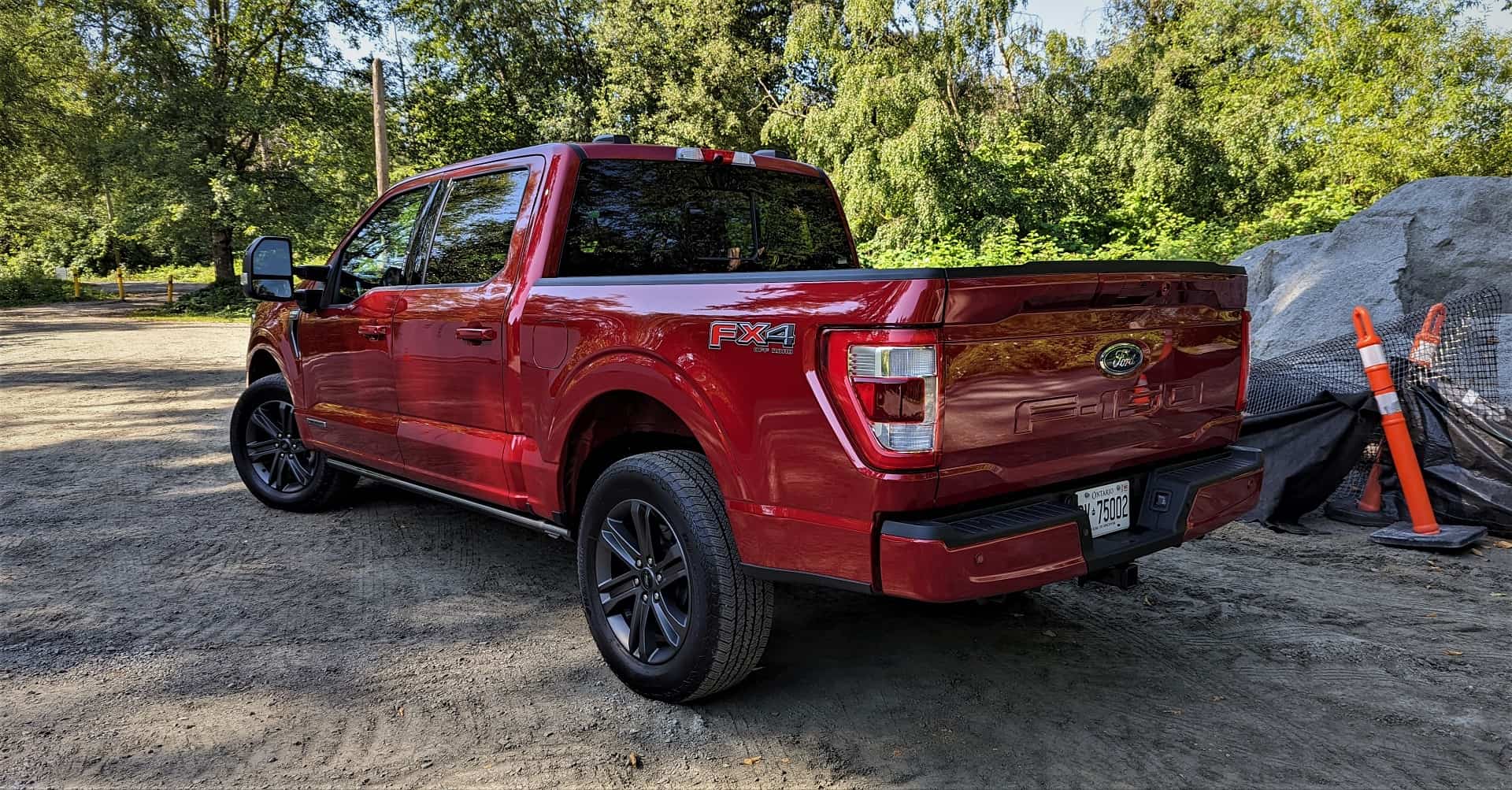
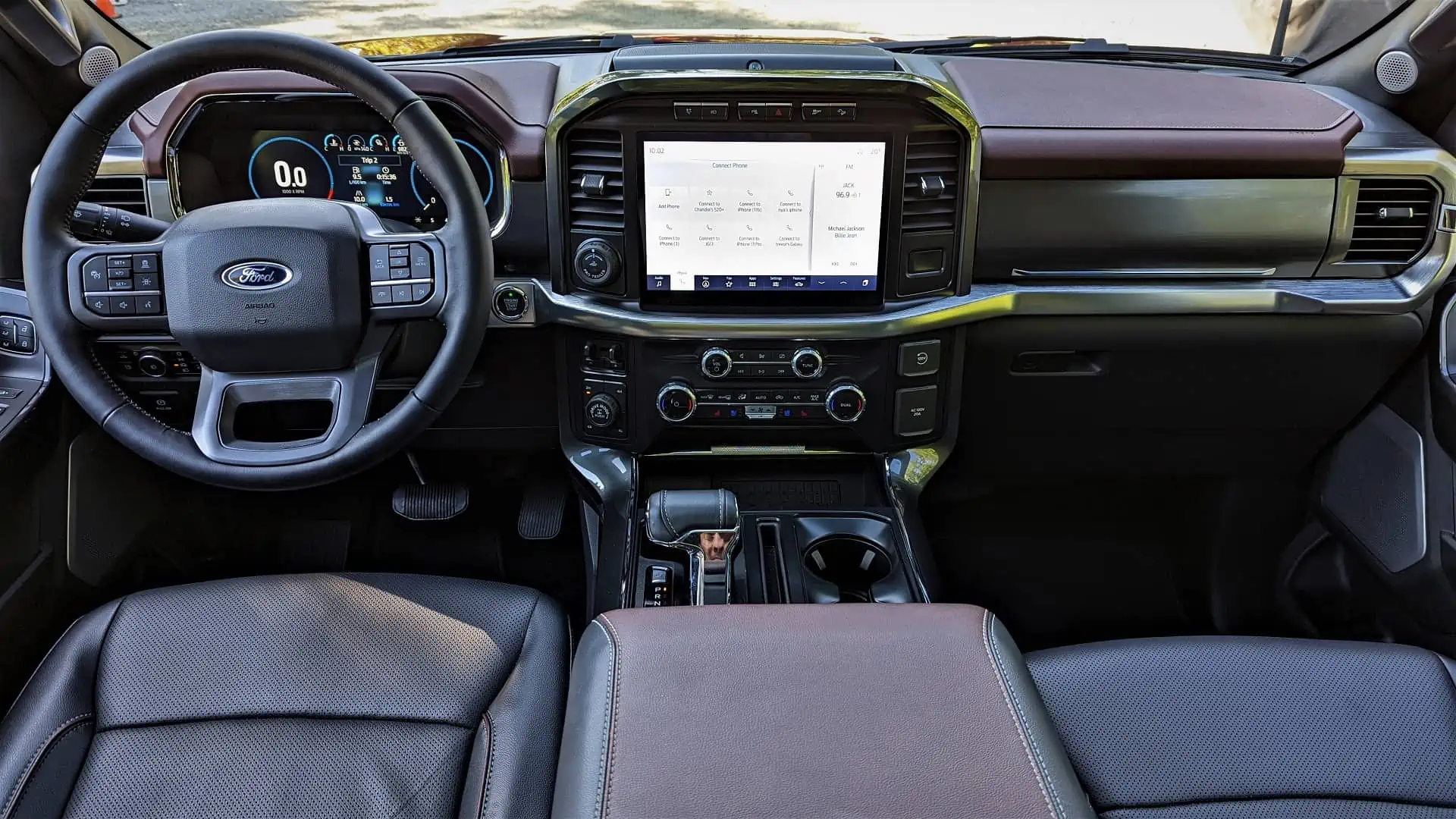
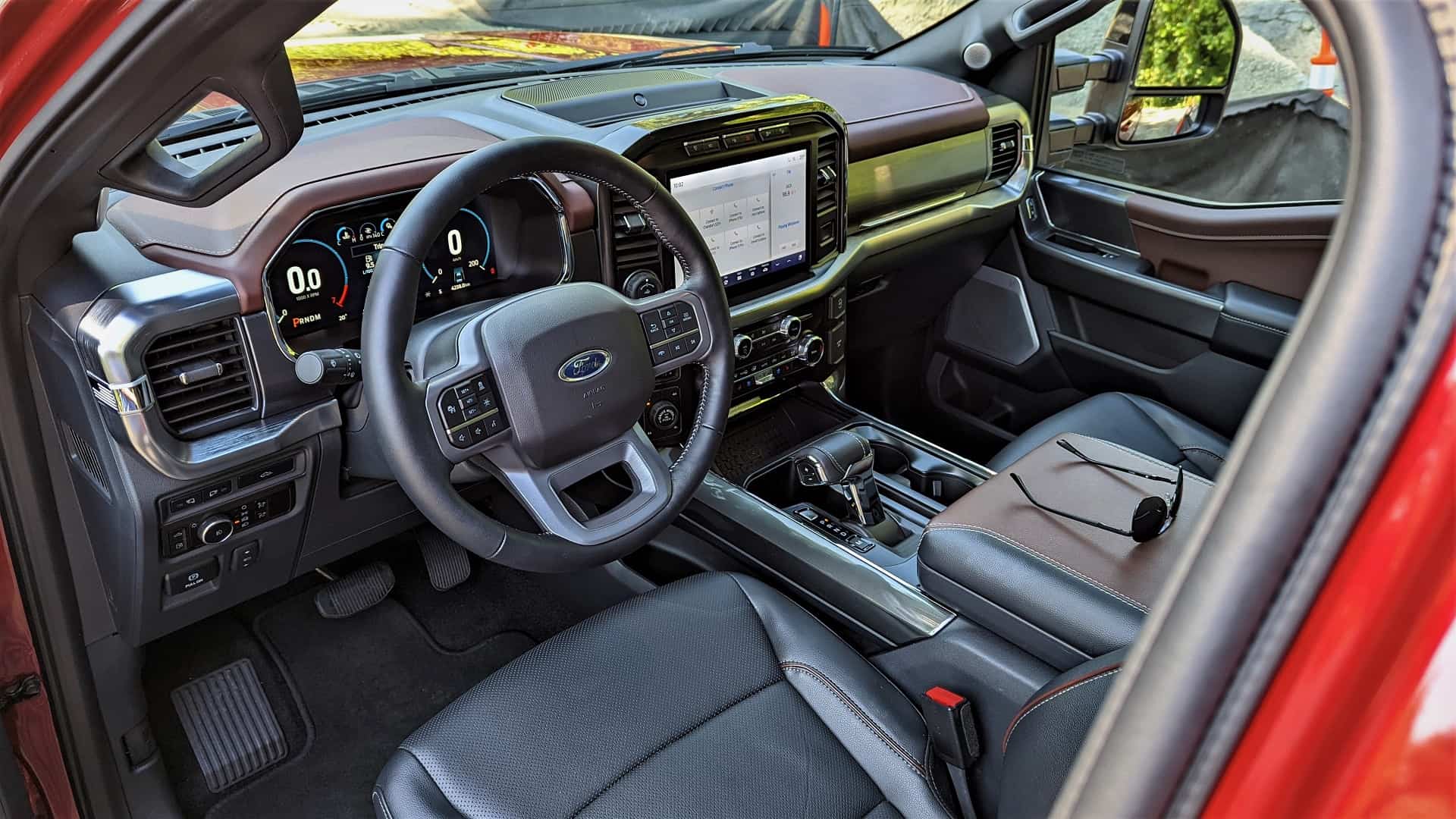
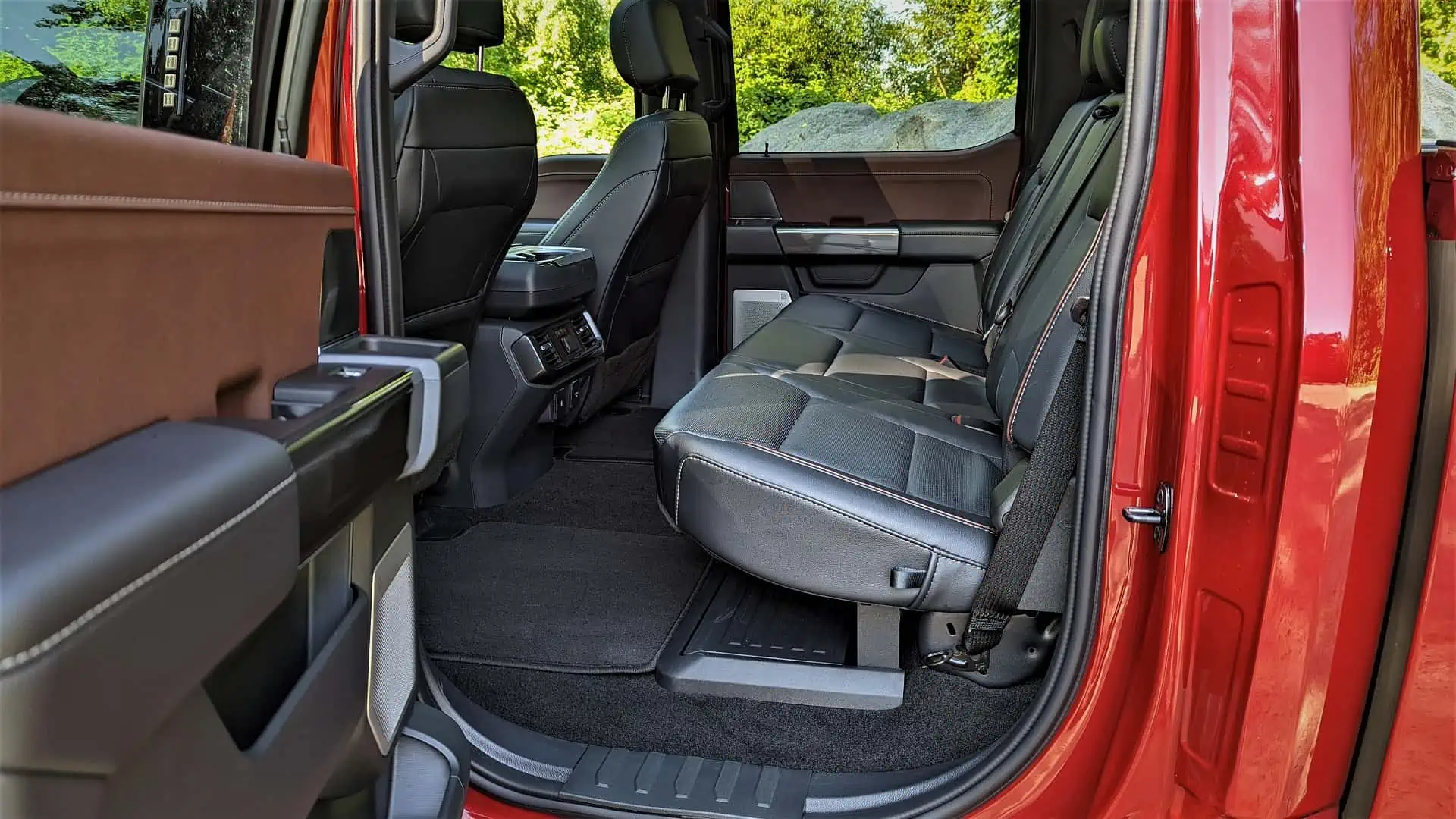
For more information on the 2023 Ford F-150 Hybrid, check out the official Ford Canada website.
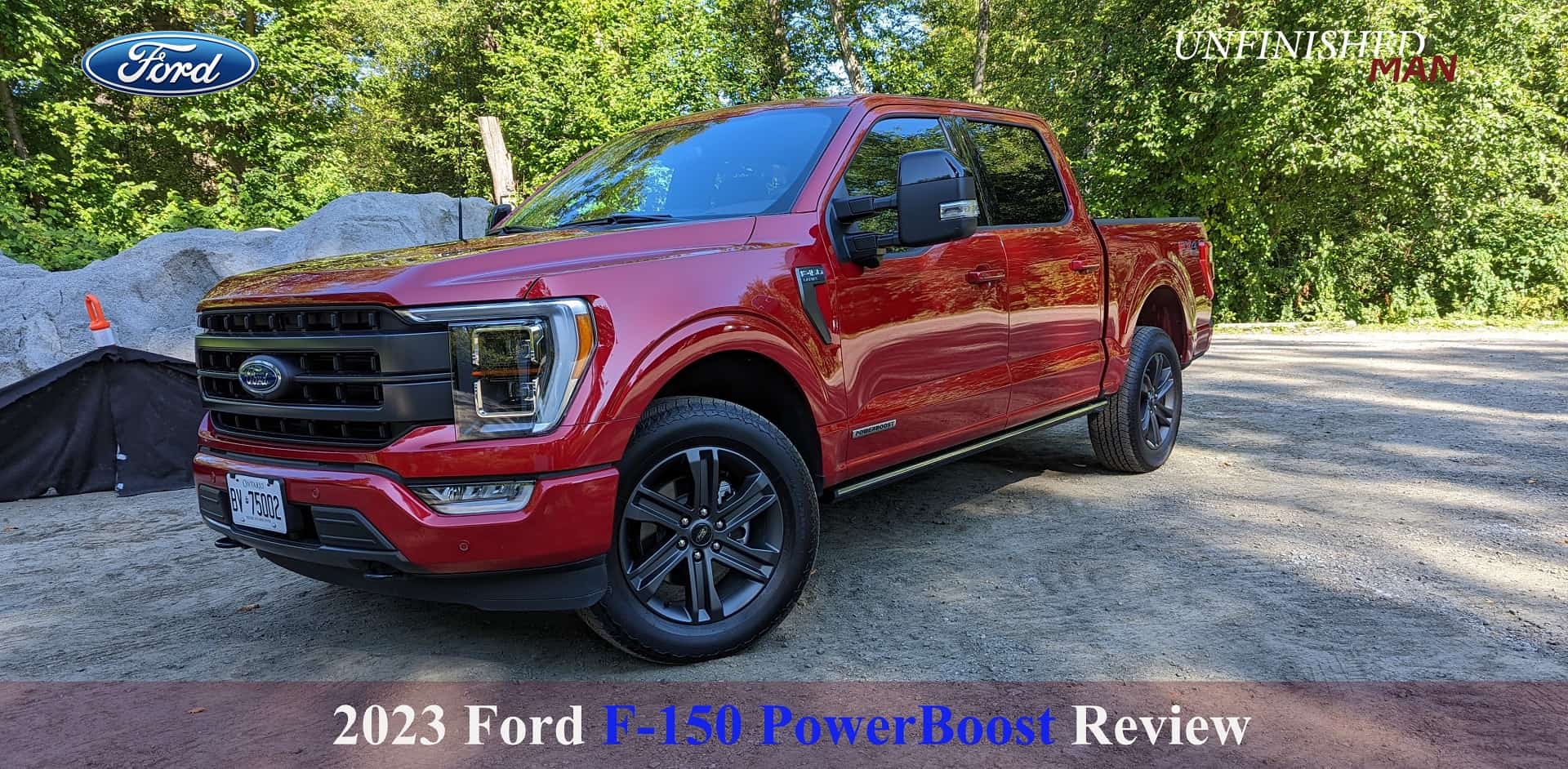


Key Take Away:
-Too many repetitive sentences(payed by number of words used?)
-No 0-60 times
-No 1/4 mile times
-No track times
-No real comparison of MPG like EPA etc.(City & Highway)
My take on any vehicle that has the complexity of EV Boost Motors are that they will always need more TLC given the complexity of the system(mechanical & electrical) to support it.
These vehicles with cameras, backup sensors etc are a nightmare when it comes time to replace/fix them. Most garages have a difficult time getting replacement part and re-calibrating the system/interface with the onboard vehicle computer.
This in turn makes the insurance premiums much more expensive.
Even a simple minor fender-bender can now approach $1k. Insurance companies aren’t very forgiving and will fight you tooth and nail to pay out. Just don’t be late on your premiums or they will drop you.
I based your article by what I read from a number of magazines about trucks and cars which I think are a good benchmark.